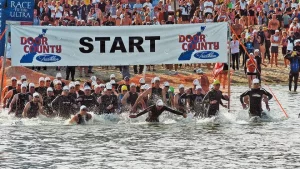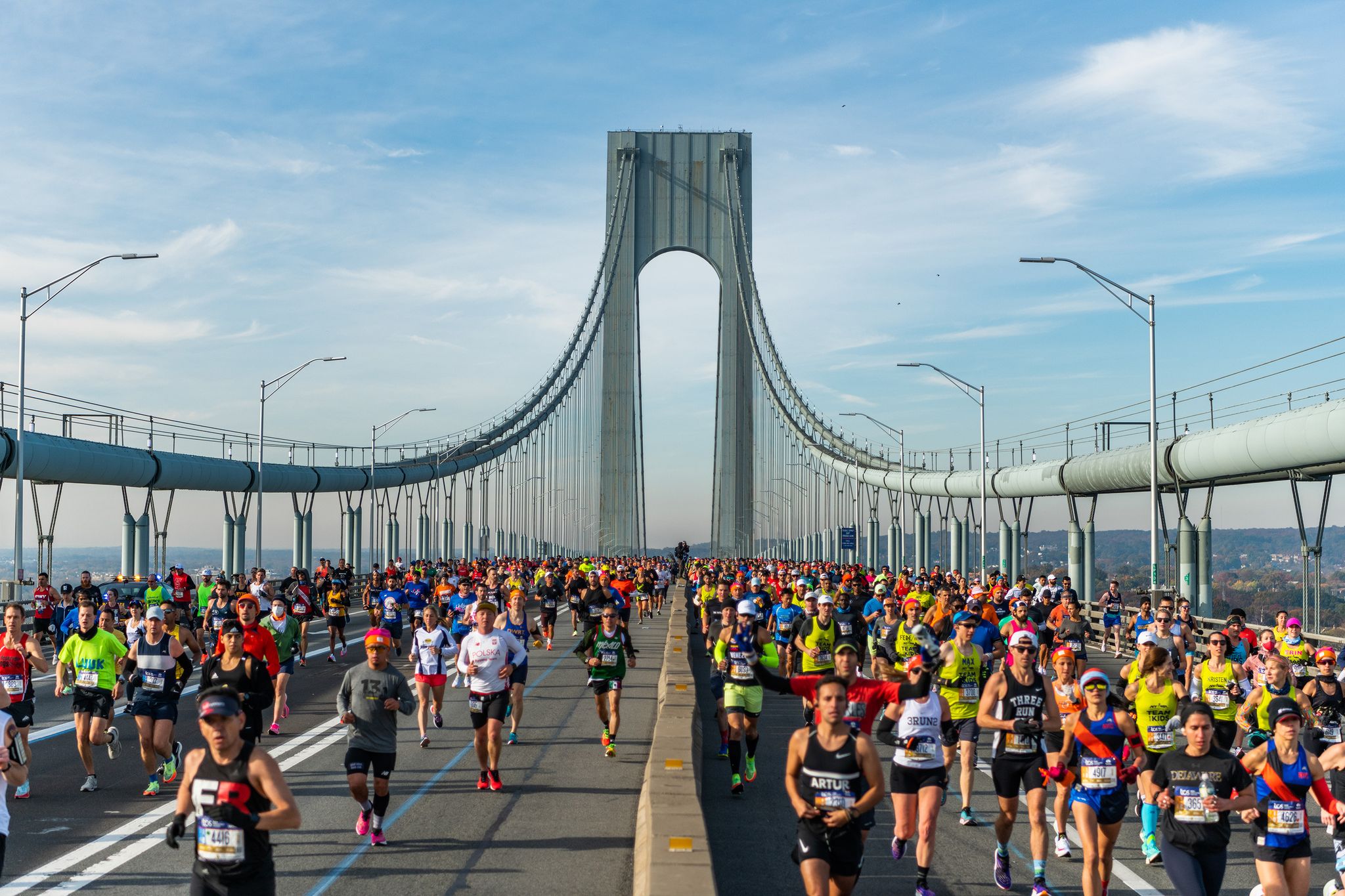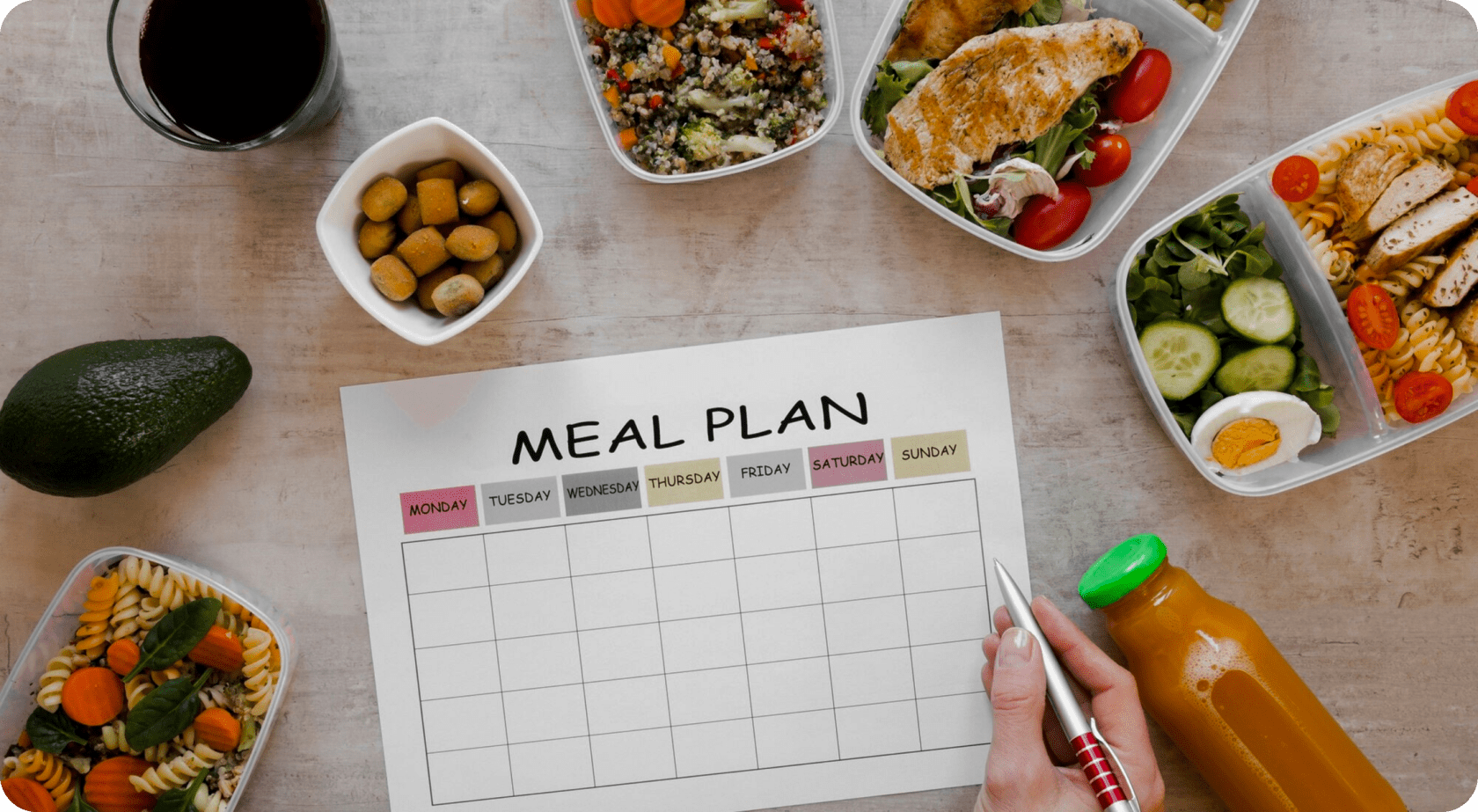This is your go-to guide for a secure and successful race day.
From checking your gear to knowing what to do in emergencies, this checklist covers it all.
Sports Safety Checklist for Athletes
Knowing triathlon safety standards is an essential part of race preparation.
Here are pro tips and best practices to keep yourself safe during the competition:
Equipment Check
Inspect your bike, helmet, wetsuit (if applicable), and other gear for any signs of damage or wear.
Ensure all triathlon equipment is properly adjusted and functioning correctly.

Course Familiarization
Review the triathlon course maps and familiarize yourself with the swim, bike, and run routes.
Identify any potential hazards or obstacles along the course, such as sharp turns, steep descents, or rough terrain.
Weather Monitoring
Check the weather forecast for race day and be prepared for various conditions.
Stay informed about any weather alerts or warnings that may affect the event.
Hydration and Nutrition
Plan your hydration and nutrition strategy for before, during, and after the race.
Pack adequate water, sports drinks, energy gels, and snacks to fuel your performance.
Warm-up and Stretching
Perform a thorough warm-up routine before the race to prepare your muscles and joints for activity.
Increase flexibility and prevent injury by incorporating dynamic stretches and mobility exercises.

Safety Gear
Wear bright, reflective clothing to enhance visibility, especially if racing in low-light conditions.
Consider using a swim buoy or safety whistle during the swim portion for added visibility and signaling.
Medical Information
Carry any necessary medical information, such as allergies, medications, or pre-existing conditions, in case of medical emergencies.
Wear a medical ID bracelet or carry a card with your emergency contact information.
Race Strategy
Develop a race strategy that prioritizes safety and pacing over speed.
Listen to your body and adjust your effort level accordingly to avoid overexertion or fatigue.
Medication Safety
If you take medication regularly, ensure you have it with you on race day and know how to take it safely.
Consider carrying a small emergency supply in case of unexpected delays.
Emergency Plan
Familiarize yourself with the event’s emergency procedures and know the locations of medical aid stations and personnel.
If you encounter a safety issue or medical emergency during the race, seek assistance immediately and follow the instructions of race officials and medical staff.
Post-Race Recovery
Cool down properly after the race with light jogging or walking to prevent muscle stiffness and soreness.
Rehydrate and refuel with nutritious snacks and fluids to support recovery and replenish energy stores.






